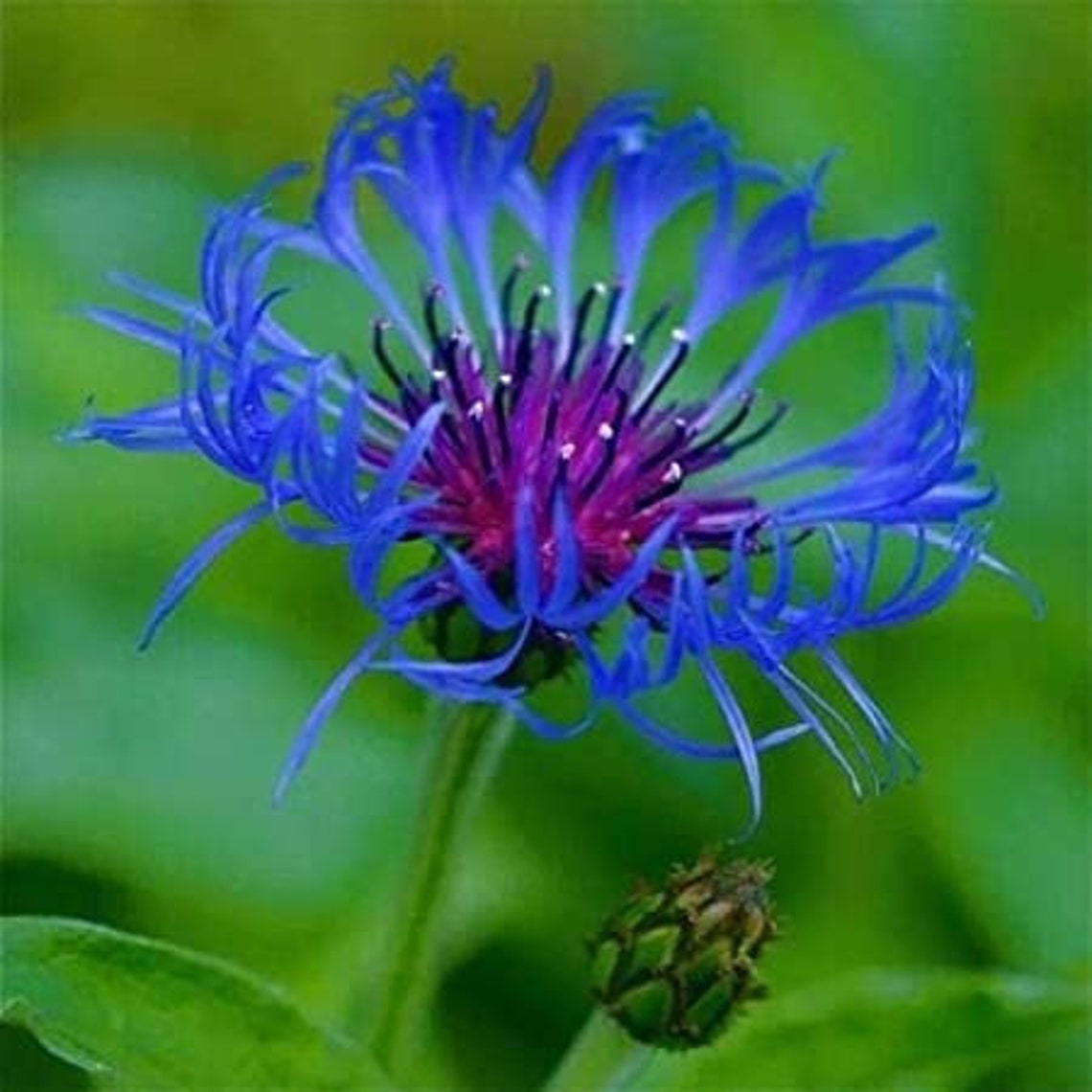
See Phytophthora Root and Crown Rot in the Landscape. Also, some cultivars have shown a fair amount of resistance to powdery mildew (where fair is defined as less than half the plants studied dying from the disease).

Avoid overhead watering to minimize mildew. Plants are susceptible to powdery mildew and rust. Insects, Diseases, and Other Plant Problems:

Bee balm can reach a height of 4 feet and will spread rapidly by underground stolons.
#BLUE BEE BALM PLANT FULL#
This plant prefers moist, well-drained soils and full sun but will tolerate some shade.

Native to the North Carolina mountains, it may be seen along the Blue Ridge Parkway flowering during the summer months. Phonetic Spelling mo-NAR-da DID-ee-mah Descriptionīee balm is an herbaceous perennial in the Lamiaceae (mint) family.


 0 kommentar(er)
0 kommentar(er)
